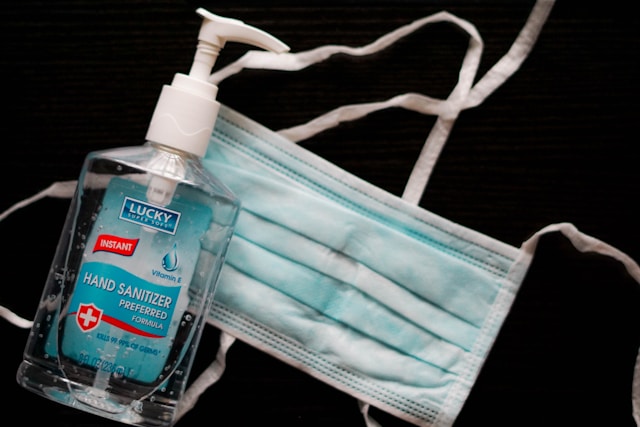Personal Protective Equipment (PPE) plays a crucial role in safeguarding individuals from workplace hazards and environmental risks. However, wearing PPE for extended periods can often lead to discomfort, fatigue, and reduced performance. In this in-depth article, we will explore strategies for maximizing both comfort and performance while using PPE. From proper fitting to ergonomic design and innovative features, we’ll cover a range of practical tips and techniques to help individuals stay safe and comfortable without compromising on effectiveness.
Understanding the Importance of Comfort in PPE:
Comfort is a key factor in ensuring the consistent and proper use of PPE. When PPE is uncomfortable to wear, individuals may be tempted to remove or adjust it frequently, compromising their safety. Moreover, discomfort can lead to distraction, reduced concentration, and decreased productivity, ultimately impacting overall performance.
Key Strategies for Maximizing Comfort and Performance:
- Proper Fitting: One of the most critical factors in ensuring comfort with PPE is proper fitting. Ill-fitting PPE can cause pressure points, chafing, and discomfort. Whether it’s a respirator, safety glasses, or protective clothing, ensure that PPE is adjusted to fit snugly without being too tight or restrictive;
- Ergonomic Design: Look for PPE with ergonomic design features that prioritize comfort and mobility. Features such as padded straps, adjustable closures, and lightweight materials can enhance comfort and reduce fatigue during extended wear;
- Breathability: Choose PPE that allows for adequate airflow and ventilation to prevent overheating and moisture buildup. Breathable fabrics, mesh panels, and strategic ventilation ports can help regulate body temperature and keep users comfortable, especially in warm or humid environments;
- Moisture Management: Moisture buildup inside PPE can lead to discomfort, skin irritation, and even bacterial growth. Select PPE with moisture-wicking properties or moisture-absorbing liners to keep skin dry and comfortable, particularly in high-sweat areas such as the face and underarms;
- Anti-Fog Coatings: For PPE such as safety goggles or face shields, anti-fog coatings can prevent fogging and maintain visibility in challenging conditions. Look for PPE with anti-fog features to ensure clear vision and reduce the need for constant adjustments;
- User Feedback and Testing: Encourage user feedback and conduct regular testing of PPE to identify areas for improvement. Solicit input from employees or users regarding comfort, fit, and performance, and incorporate their feedback into future PPE designs and selections.
By prioritizing comfort and implementing these strategies, organizations can enhance user satisfaction, promote PPE compliance, and ultimately improve overall safety and performance in the workplace.


